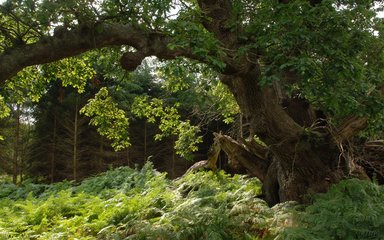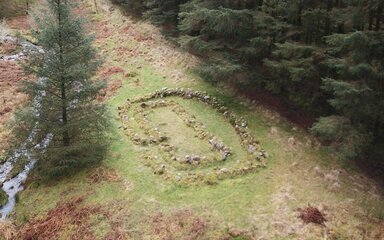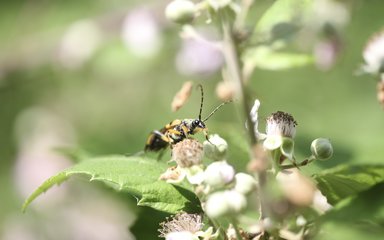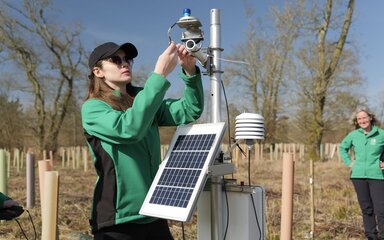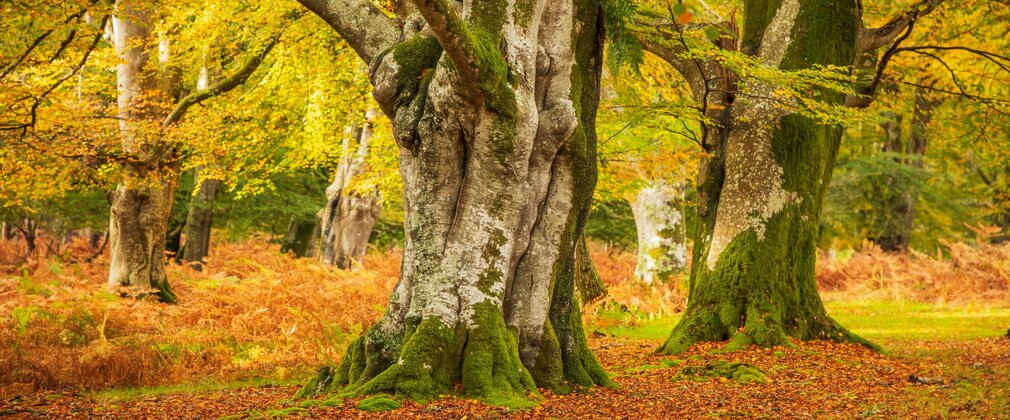
There is something magical about spending time in an ancient woodland. Walking among gnarled, sprawling trees is like stepping back in time, treading the same routes that people have done for hundreds of years before you. From the trees themselves to the unique soil on the ground and the wildlife that live in them, discover what makes ancient woodlands such special places.
What makes a woodland ancient?
One of the most unique things about ancient woodlands is that they’ve had no significant clearing or development for hundreds of years. The trees, soil, and wildlife have grown and matured together for centuries without interruption.
In England, woodland classified as ‘ancient’ has existed since at least 1600, but some are much older than that. The woodland cover of ancient woodlands has remained consistent for a long time, making them full of distinctive characteristics that can't be replicated.
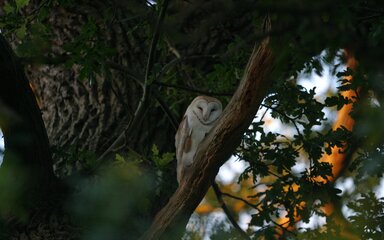
A haven for wildlife
Ancient woodlands provide homes for many wildlife species that rely on stable ecosystems and old trees to survive and thrive.
Although you might not see them for yourself when visiting, bats, dormice, rare beetles, butterflies and woodland birds (including woodpeckers, nuthatches, treecreepers and owls) all live in these remarkable habitats.
Unique soil and rich flora
The layers of rich, undisturbed soil found in ancient woodlands have developed over centuries. This unique ecosystem supports all kinds of fungi, invertebrates and insects, alongside encouraging diverse woodland flora to grow.
Bluebells, wood anemones, wild garlic, and rare orchids that take decades (or even centuries) to establish are all found here. Many ancient woodland plant species would not be able to survive in other places, making these habitats impossible to recreate if they were ever lost.
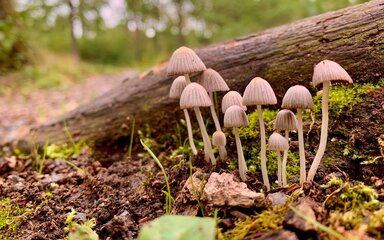
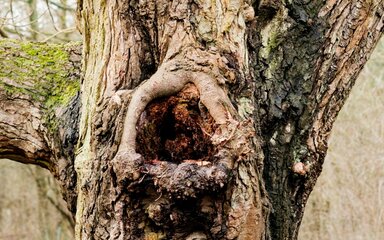
Ancient and veteran trees
In the peace and tranquillity of an ancient woodland, you’ll find distinctive old oak, beech, yew and ash trees, among other native species.
The gnarled, twisted branches and knotted trunks of these ‘keepers of time’ have weathered storms, droughts and the passing of years for centuries.
Historical and cultural importance
Ancient woodlands have been influenced by humans for all of time, and it’s not surprising that they often have a special place in local history. Although undeveloped on a large scale, many of these woods contain evidence of past human activity, such an old boundary markers, well-worn tracks and signs of traditional woodland management practices through the ages.
Human interventions like coppicing and small group felling have contributed to creating the unique conditions of ancient woodlands. For example, bluebells, anemones and rare butterflies thrive in the openings historically created through coppicing. If you look for the signs, ancient woodlands are almost living museums.

Interested in the hidden history and heritage of the nation's forests? Watch our Rooted in history video to discover more.
Ways to protect ancient woodland
There are a few simple things you can do when visiting these special sites to help protect them - for visitors now, and in the future.
- stay on paths to avoid damaging roots and flowers such as bluebells, which quickly get destroyed when walked over.
- leave flowers, fungi and deadwood where they are to support wildlife and protect unique ecosystems.
- pick up after your dog, as dog waste can change soil chemistry and harm sensitive plants.
- never light fires or barbecues – even small ones can quickly get out of control and cause irreparable damage.
How we manage ancient woodlands
At Forestry England, we have a responsibility to care for and protect some of the most important landscapes in the country, including ancients woodlands with centuries of natural and cultural history.
Active management is underway across our ancient woodland sites, with careful attention being paid to protecting soil health, preserving veteran trees, and creating deadwood habitats - all essential parts of a healthy woodland ecosystem.
We are also committed to restoring plantations on ancient woodland sites (PAWS). Find out more about our PAWS work.

